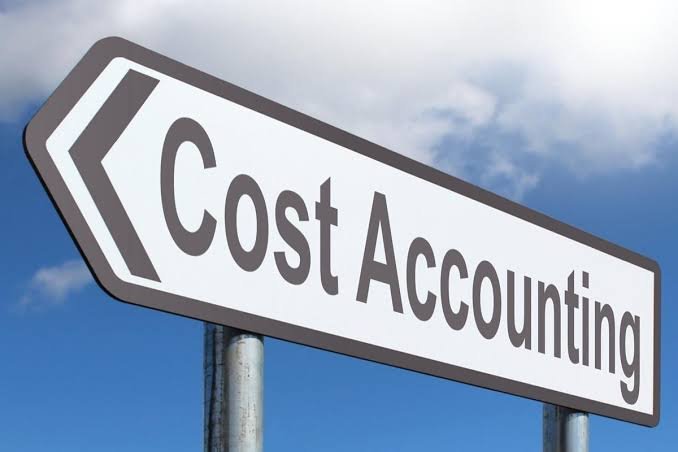Definition of cost accounting
Definitions of Cost Accounts
Different scholars have given definitions of cost accounts. Some of the definitions are as follows-
(1)According to Harold J. Heldon- “Cost Account means the process of classifying, recording and preparing of expenditures of goods and services produced in such a way that it presents statistical data to the management which serves to fulfill the objective of serving as a guide for determining price and also for the application of cost control methods. It includes within it the information as regards the cost of every order, allied activity, contract, process, service or unit. This explains the costs of product sale and distribution.
(2) According to Walter W. Big- “Cost Account is the plan of the analysis and classification of expenditures which helps a specific production unit to determine total cost with proper clarity and which can also explain clearly how total cost is prepared.
(3) According to L.C.Carper- “B. cost account is meant the specific use of the general theories of the accounting system by a production unit, to determine the
cost incurred in completing the production and distribulion of a good or specific allied activity or contract,”
(4) According to R.N. Carter- “The system of accounting for the material and labour used in the production of a commodity or its allied activities is called cost account.
Thus from the study and analysis of the above definitions, it can be stated that Cost Accounting is the process of accounting for costs from the point at which expenditure
is incurred or committed to the establishment of its ultimate relationship with cost centres and cost units. In its widest
usage, it embraces the preparation of statistical data, the application of cost control methods and the ascertainment
of the profitability of activities carried out or planned.
Characteristics of Cost Accounting
(1) Cost Accounting system is a part of the general accounting system. In cost accounts also, the theories of double entry system is followed as in financial accounting.
(2) In this system, the work of accounting is done in such a scientific manner that information as regards the entire expenditures can be got through their classification and analysis.
(3) Under this system, the total cost and the unit cost of producing a commodity or service can be found out.
(4) In this system, the cost of producing a commodity ora service can be found out after the completion of the work and also when the work is in progress.
(5) In this system of accounting, the accounting work is done in such a manner that it enables the evaluation of the
production work of every person associated with production so that cost control methods can be applied accordingly and also ensures proper performance.
Objectives of Cost Accounting
The main objectives of cost accounting are as follows-
(1) To study, analyse and classify the costs of the goods and services produced.
(2) To find out the total cost and the unit cost of the goods and services.
(3) To find out the cost price on the basis of which selling price can be determined or to ascertain costs so that selling prices can be rightly fixed for purposes of quotations
or tenders.
(4) To evaluate the efficiency of a department and persons involved in production and to check inefficiency
and control unproductive activities.
(5) To analyse the contribution made by each department and to ascertain the cost and capacity of every department, process, allied activity, contract etc. involved in production.
(6) To determine the standard of every work and process and compare it with the actual results or conclusions.
(7) To control the costs incurred on materials, labour and other production activities and to check wastage.
(8)To find out the total cost and percentage of expenses incurred on every activity and to compare it with previous periods and budgets.
9.To provide adequate and relevant data to the management in order to enable them to take decisions, plan and also make future projections.
(10)To integrate cost accounts and financial accounts so as to enable an extensive explanation and analysis of the causes of profit or loss.
(11) To compare the pre-determined costs with the actual costs incurred with the help of budgetary provisions, standard costs etc., so that non-profitable situations can be
avoided and proper policies can be undertaken for the future.
(12) To provide guidelines and a basis for control of workers and officials involyed in production.




